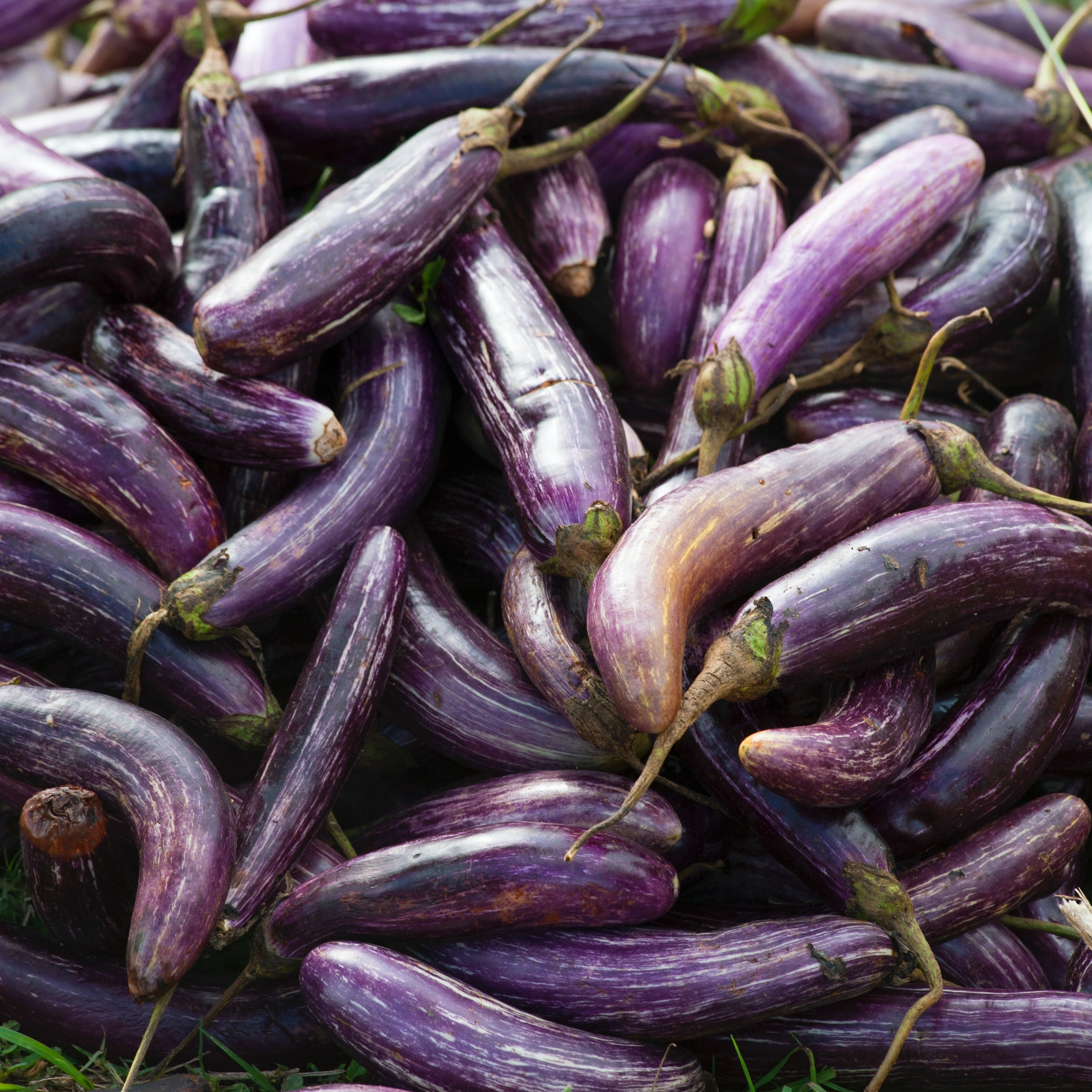
Introduction
Aubergine, also known as eggplant, is a versatile and flavorful vegetable that can be grown successfully in the United Kingdom. With its glossy skin and delicious taste, growing aubergine in your garden can be a rewarding experience. In this comprehensive guide, we will walk you through the process of growing aubergine, from selecting the right variety to providing the necessary care for a bountiful harvest. Let's get started!
Choosing the Right Variety
When it comes to aubergine, there are several varieties suitable for the UK climate. Here are some popular choices:
- 'Black Beauty': A popular variety known for its large, dark purple fruits and excellent flavor.
- 'Dancer': This variety produces elongated fruits with a slightly milder taste.
- 'Moneymaker': An outstanding variety that offers high yields and disease resistance.
- 'Bonica': This variety has beautiful, glossy fruits and a sweet, mild flavor.
Sowing and Planting
Aubergine is typically grown from seeds or transplants. Follow these steps to sow and plant your aubergine:
- Sowing method: Start seeds indoors 8-10 weeks before the last frost date. Sow them about 1/4 inch deep in seed trays or pots. Transplant them into larger pots once they develop their first true leaves.
- Transplanting: Set out the aubergine seedlings in the garden after the last frost date. Space them about 24-36 inches apart in rows that are 36-48 inches apart.
- Soil conditions: Aubergine prefers well-drained soil that is rich in organic matter. Prepare the soil by incorporating compost or well-rotted manure.
- Watering: Water the soil thoroughly after transplanting to help the seedlings establish their roots.
Growing
To ensure healthy growth and a bountiful harvest of aubergine, consider the following tips:
- Sunlight: Aubergine plants thrive in full sun. Aim to provide them with at least 6-8 hours of direct sunlight each day.
- Watering: Keep the soil consistently moist, especially during dry spells. Aubergine requires regular watering to promote growth and prevent stress.
- Soil conditions: Aubergine prefers well-drained soil that is rich in organic matter. Mulching around the plants can help retain soil moisture and suppress weeds.
- Fertilizing: Apply a balanced fertilizer or side-dress with compost or well-rotted manure during the growing season to provide additional nutrients.
- Supporting the plants: Some varieties of aubergine may benefit from staking or providing support to prevent the plants from toppling over under the weight of the fruits.
- Harvesting: Aubergine fruits can be harvested when they reach a desirable size and are firm to the touch. Cut the fruits from the plant using a sharp knife or pruners, leaving a short stem attached.
Conclusion
Growing aubergine in the United Kingdom allows you to enjoy the glossy skin and delicious taste of this versatile vegetable. By choosing the right variety, providing proper care, and addressing common challenges, you can cultivate healthy aubergine plants that add depth and flavor to your culinary creations. Whether you roast them, grill them, or use them in curries and stews, homegrown aubergine will surely enhance your culinary experiences. Happy aubergine growing!